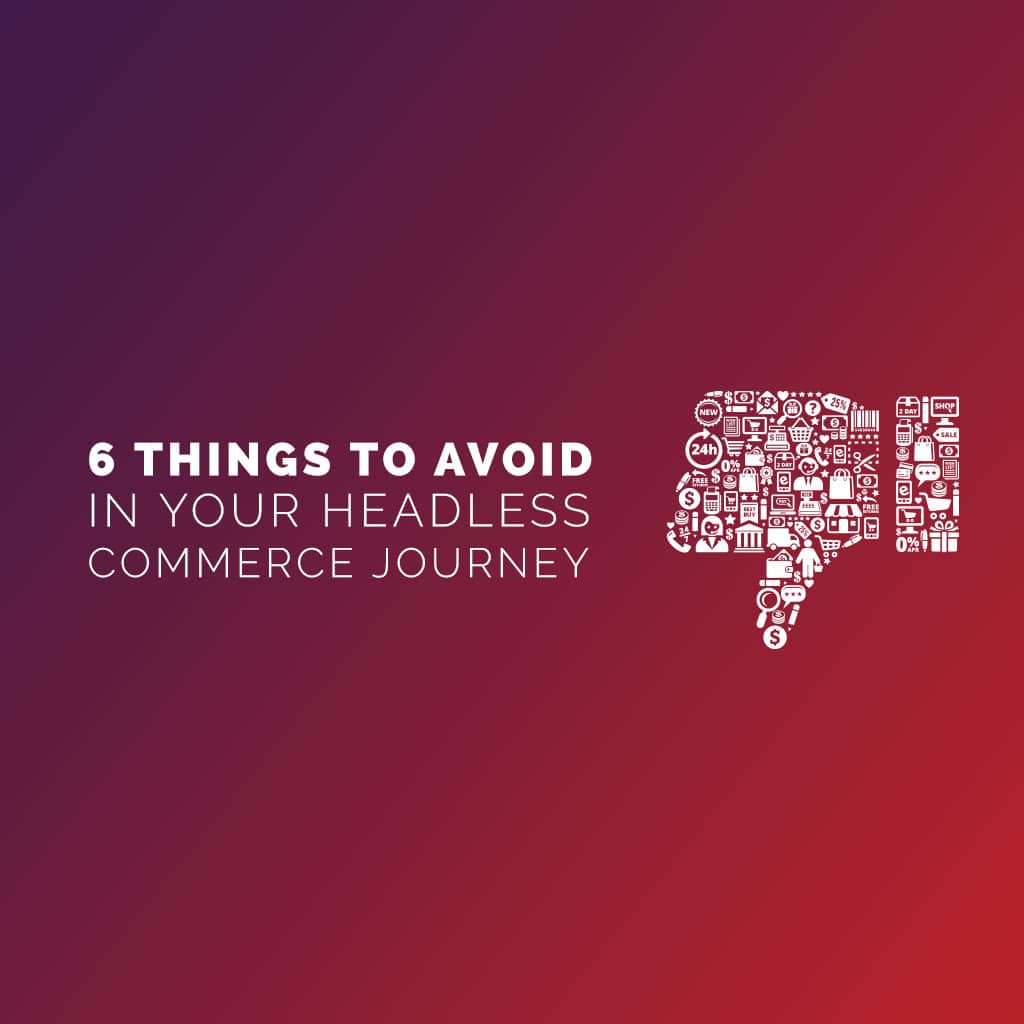What Do Your Results Mean?/Commerce%20Toolkit%20(Apr.%202022)/1_Phases_Foundation%20Phase.png?width=500&name=1_Phases_Foundation%20Phase.png)
You need to focus heavily on getting your commerce strategy right. Compile a comprehensive view of your products and customers, and leverage tools, architectures, and technologies that will help achieve your business goals.
Prioritize customer experiences that are more relevant in today’s connected world and apply technology that can scale and adapt with you as you grow, such as BOPIS, curbside pickup, and ship-to-store.
Center your strategies and operations around these key objectives:
- Improving customer experience
- Increasing digital revenue
- Understanding your current customers better
- Reaching new customers or markets
- Reducing costs by adopting a digital-first channel strategy
- Building a cross-functional team comprised of business and technical stakeholders across relevant LOBs, IT, and operations - led by a Chief Digital Officer (CDO) or similar leader
And this is crucial: Ensure that you have a formal, documented strategy that serves as a record of your leadership’s roadmap.
When done right, your commerce strategy will set your digital transformation journey on the right path.
Keep in mind that you will likely want to revisit your strategy once every 6 to 12 months in order to gauge your progress and anticipate revisions – for example, if a change in your business model is needed.
/Foundation%20Guide%20(Feb.%202022)/DMI%20Foundation%20Guide%20Cover.png)





/Commerce%20Assessments/CommerceTechnologyAssessment_Header_120921_1.jpeg)

/2022%20Technology%20Trends%20(Dec.%202021)/Tech%20Trends%20Cover.jpg)

/Digital%20Transformation%20Tip%20Sheet%20Bundle%20(Dec.%202021)/OvercomingBarriers_DigitalTransformation_Header_1.jpeg)
